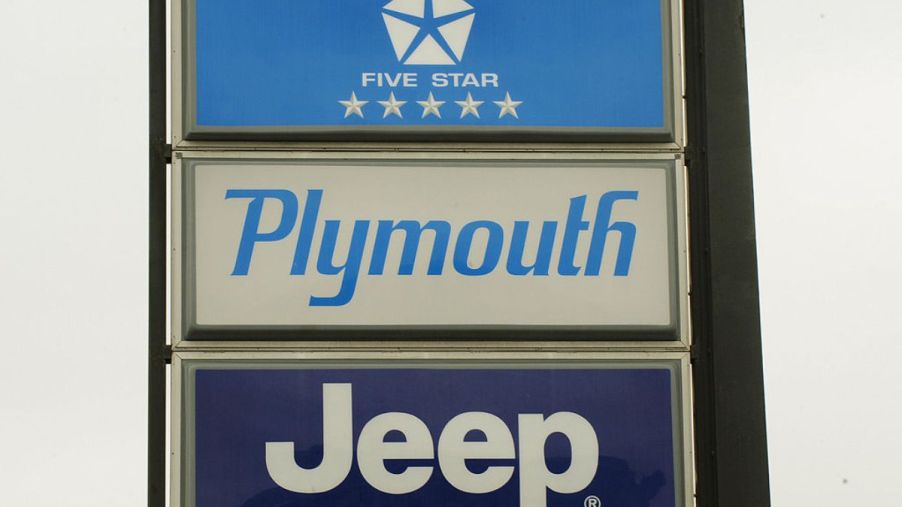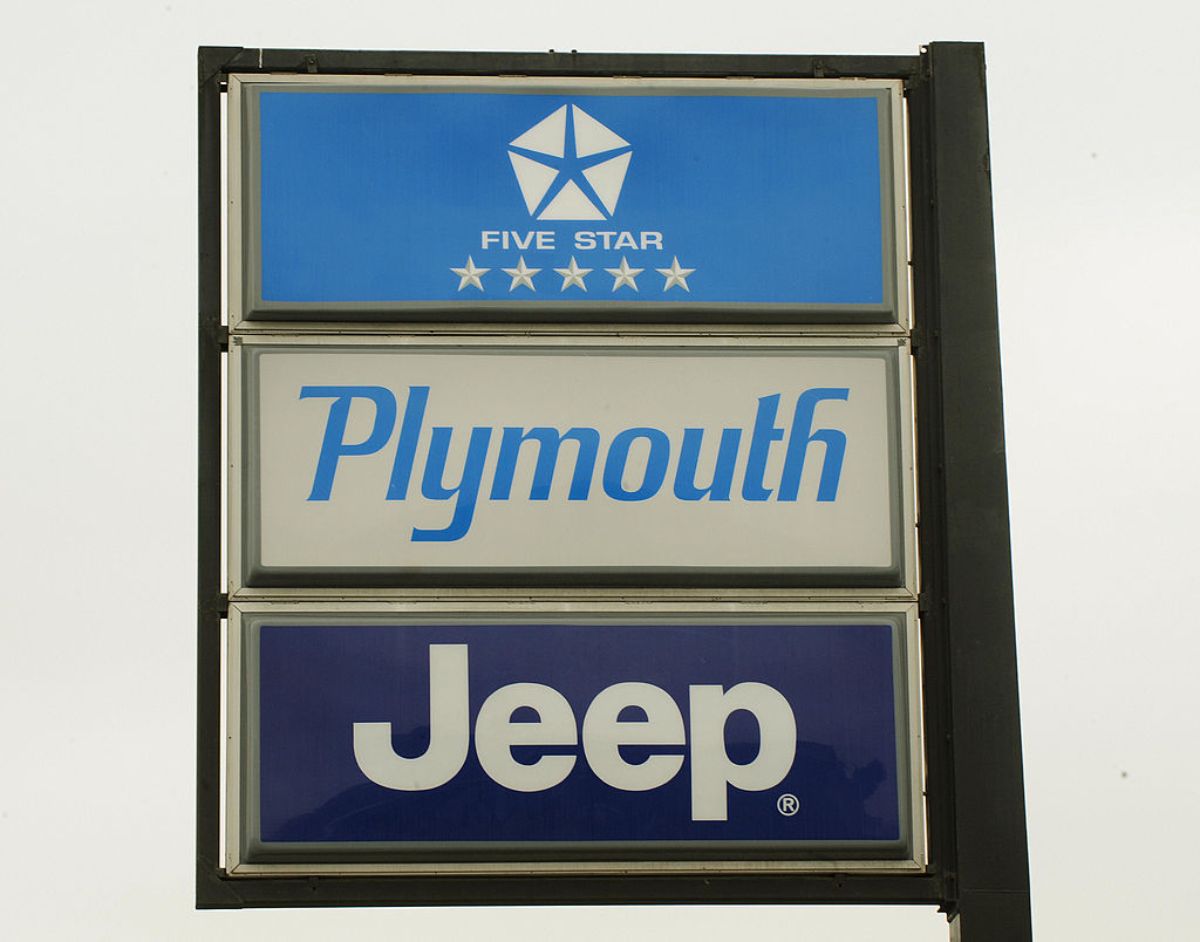
Jeep, Plymouth, Dodge, and More Teamed up to Make the Eagle Talon
Throughout automotive history, we have seen collaborative efforts between some of the most unlikely companies to produce vehicles for various diverse markets. From simple rebadged vehicles produced through the joint efforts of Chevrolet and Toyota to pickup trucks produced by Mitsubishi and released by Dodge, almost every company in automotive history has had its fair share of interesting collaborations.
But there is one collaborative product from the ‘90s that stands out among the rest for just how dynamically different it was compared to others; the Eagle Talon. The Eagle Talon, and Eagle itself, was a wild collaborative effort that spanned the globe. While it was not necessarily well-received upon release, these vehicles have skyrocketed in value in the collector market today. Here is everything you need to know about the Eagle Talon.

A crossover SUV kickstarts Eagle
Back in the ‘80s, American Motors Corporation, or AMC, released the first mass-market American crossover, the AMC Eagle. The Eagle was an all-wheel drive wagon of sorts that was viewed as quirky at the time but set the stage for the modern crossover SUV’s rise to popularity today with its SUV capability in a smaller, car-sized package.
In 1987, Chrysler purchased AMC and decided to use their Eagle namesake as another company under their brand umbrella, which already included Chrysler, Dodge, and Plymouth.
Chrysler decided to have Eagle as the brand that would carry many of its badge-engineered imports, including the Eagle Summit, which was a Mitsubishi Mirage, and the Eagle Medallion, which was a rebadged Renault Medallion, but the most popular vehicle ever produced with an Eagle badge by far was the Eagle Talon.
The Eagle Talon is released
Chrysler used its deep partnership with Mitsubishi to collaborate on a new project; Diamond-Star Motors. The goal behind Disamond-Star Motors was to give collaborative efforts between Mitsubishi and Chrysler a home base in America to give Mitsubishi a lane to get around import restrictions on Japanese vehicles.
Built in Normal, Illinois, the first vehicles produced by DSM were the Eagle Talon, Mitsubishi Eclipse, and Plymouth Laser, which were all identical 2+2 sports coupes built to bring Japanese sports cars to the American market in a way that wasn’t too far from the norm.
Eagle Talon: specs and features
The Eagle Talon hit dealership lots in mid-1989 as a 1990 model-year car, sporting a unique body style that was unlike nearly anything else on American roads at the time. According to Hotcars, this car was about much more than the exterior aesthetics.
The Eagle Talon TSi came equipped with a 195 horsepower 2.0L turbo four-cylinder engine which sent power to all four wheels. With this power, the all-wheel drive Talon was able to achieve a 0 to 60 time of around 6.6 seconds, which immediately showcased the Eagle Talon’s capabilities on the track.
In the late ‘80s and early ‘90s, Chrysler was known for their basic, barebones K cars, but the Eagle Talon had an interior full of revolutionary sweeping lines and driver-focused controls. The Talon also featured over twelve different exterior paint colors to choose from.
Throughout the Talon’s life, DSM put a focus on handling and safety as well, giving the Talon standard ABS brakes, independent front and rear suspension, four-wheel disc brakes, and rack and pinion steering.
The end of Eagle
While the Eagle Talon had some success with critics, the Talon only sold between 24,000 and 34,000 vehicles a year in its first generation, which paled in comparison with similar budget coupes like the Chevy Cavalier which sold well over 200,000 units a year.
In 1995, the Eagle Talon got a refresh as it entered its second generation. This second-generation Talon was nearly identical to the Mitsubishi Eclipse other than a different front fascia.
Power increased slightly to 210 horsepower in the TSi model, but sadly, it was too little too late for this badge-engineered sports coupe. The second-generation Eagle Talon never found its foothold in the market and during its last year of production in 1998, only 4,308 Eagle Talons were sold.
While we may never see companies collaborate to the same extent as others have in the ‘80s and ‘90s, the Eagle brand and Eagle Talon will live on in the collector market as a relic from a time when companies made some exciting joint venture vehicles.



